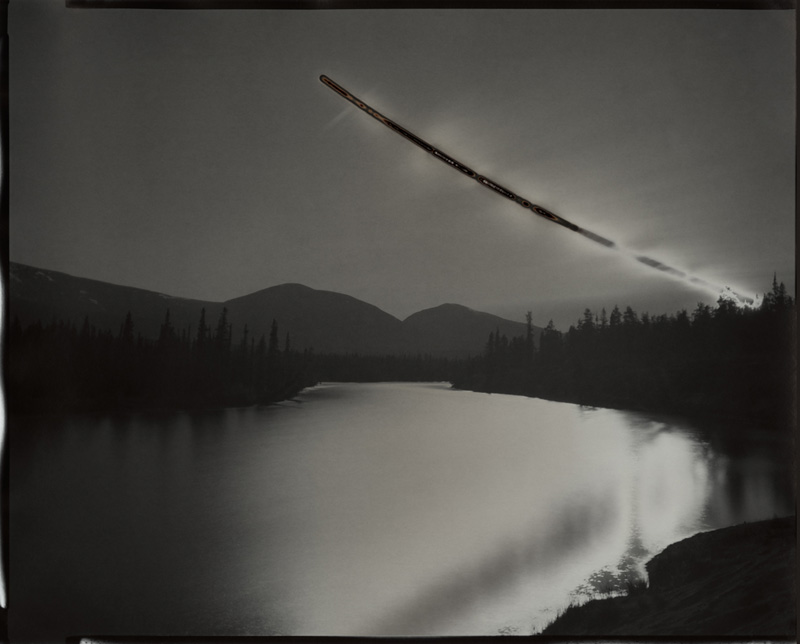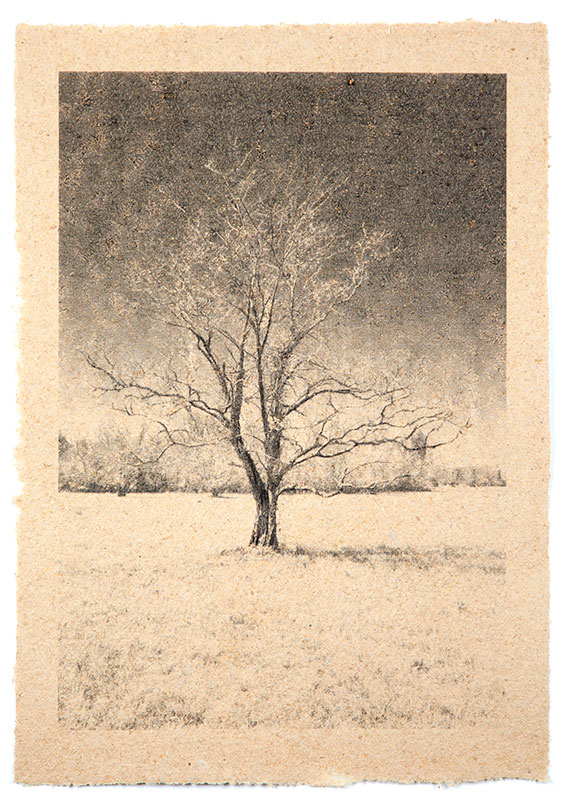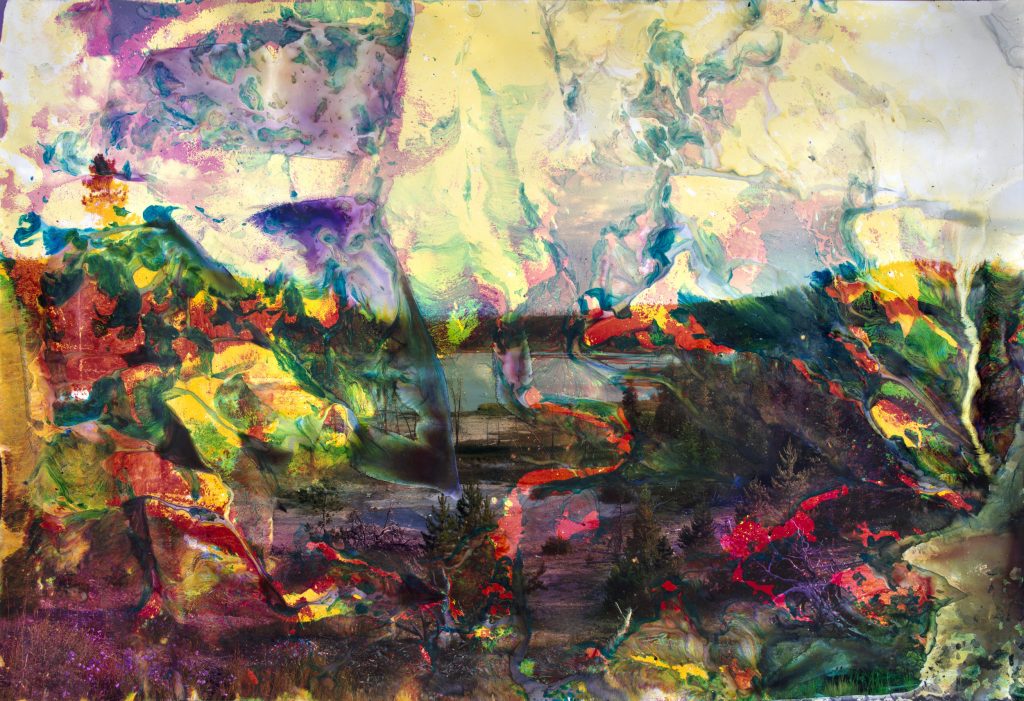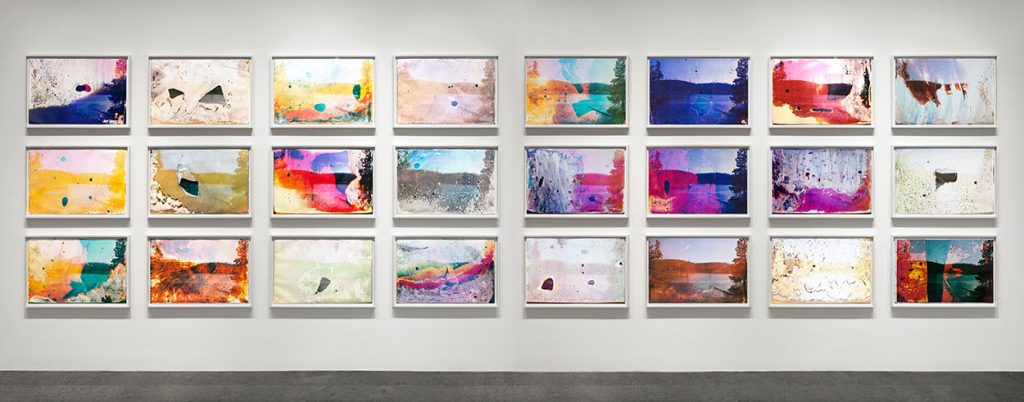In the approach I am taking to the project, photography is seen as a social, cultural and material practice, leading to the development of a range of distinct but related forms of photographic work. As a material practice, I am interested in exploring the impact of environmental factors in the settings I am exploring on the form taken by the images produced. In Light, Paper, Process: Reinventing Photography (2015), produced to accompany the exhibition at the Getty Museum, Virginia Heckert explores the work of seven contemporary artists whose image making extends and expands the exploration by the founders of photography of the manner in which light and chemical processes act on photographic emulsions to produce images.
This relates closely to the analog aspects of my work, though one of the featured artists, James Welling, has been a key influence on the digital dimension of my practice. The work of the photographic artists featured in this collection resonates with my project not just in their emphasises on the materiality of photographic practice, but also the exploration of the natural world not through description or representation but through its inscription on photographic material.
The work by Alison Rossiter, Marco Breuer and James Welling featured focuses on the interrogation of the effect of chemical processes on light-sensitive materials. There is an environmental aspect to the work, for instance the Lisa Oppenheim’s series Smoke, in which found images of smoke are cropped to remove the source of the smoke (including volcanos and oil refinery fires), but fire is re-introduced in the darkroom as the light source for the exposure of negatives made from the images.

Chris McCaw constructs cameras in which the trajectory of the sun is burned onto the film.

Matthew Brandt explores the use of materials derived from the objects depicted in his photographs in the production of images, for instance in his Trees (2009-11) series using fallen branches from the trees photographed to make pulp for paper and burned to make pigment for ink which is then used to make prints of the trees.

In his Lakes and Reservoirs series, chromogenic prints of a lake are soaked for different periods of time in water from the lake, creating images in which the characteristics of the water have influenced how layers of the print are affected in the production of the final image.


Like my own work, these works are site specific, and entwined with the objects depicted. They also incorporate non-visual elements of the site in the production of the images. Given the interest in my work of features of the settings such as fire (relating, for instance to cladding of buildings), water (for instance, flooding and building on marshes and by rivers), infestation (for instance, mosquitos, ants and rats relating to the marshes and surrounding industries, such as waste processing) and pollution (both air pollution relating to neighbouring industry and major roads, and soil and water pollution relating to waste from power stations, chemical plants and dumping of pollutants such as asbestos), similar ways of inscribing, marking, modifying or making images could be explored. As a first step, I am exploring, through archival research and conversations with residents, characteristics of settings, and collecting materials that could be used in making or altering images (for instance, collection of marsh and river water from the Riverside development, which could be used to soak prints, or in the processing of film and prints). In earlier experiments, I collected organic material from sites and combined microscope images with Google Earth images of the area.
References
Heckert, V. 2015. Light, Paper, Process: Reinventing Photography. Los Angeles: Getty Publications.
MOMA. 2013. Lisa Oppenheim discusses her series Smoke. Online.
